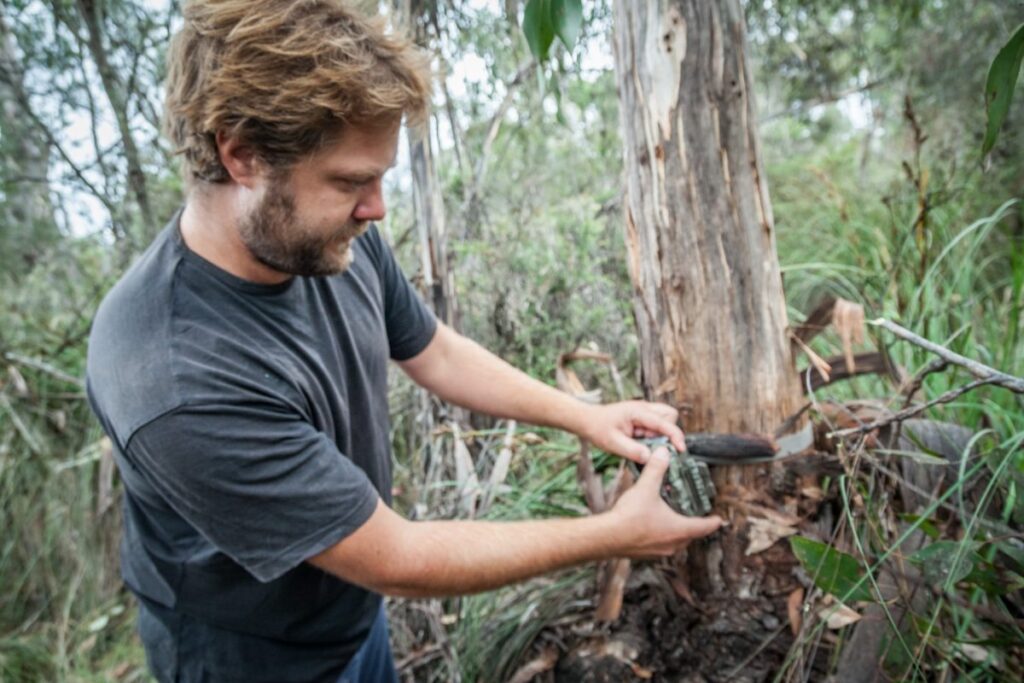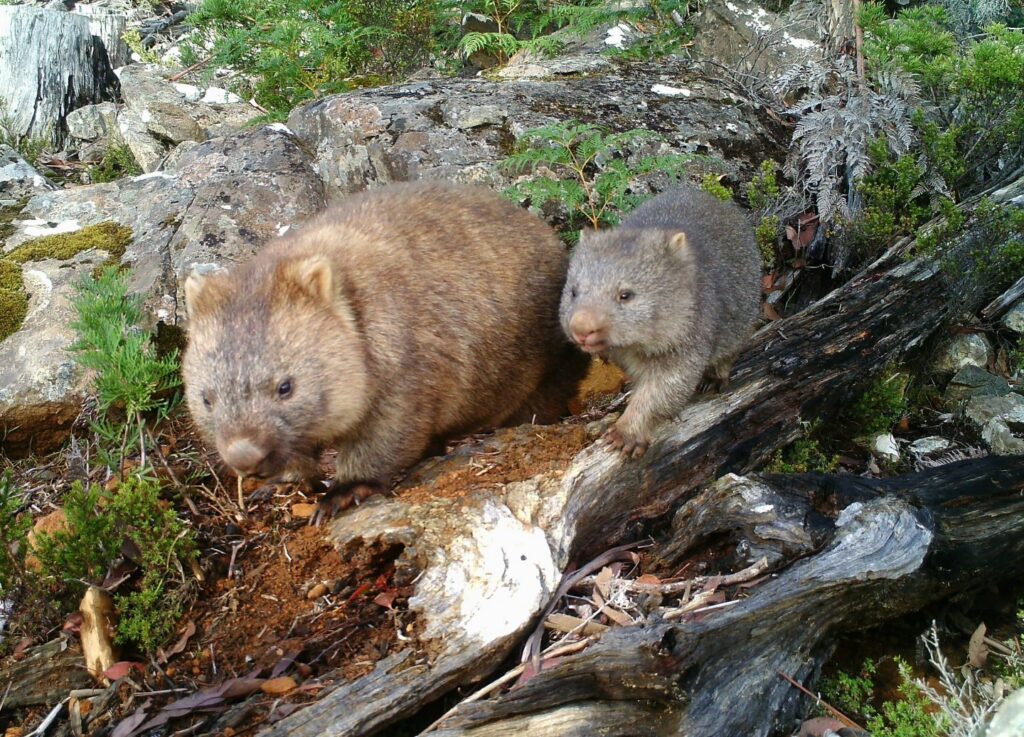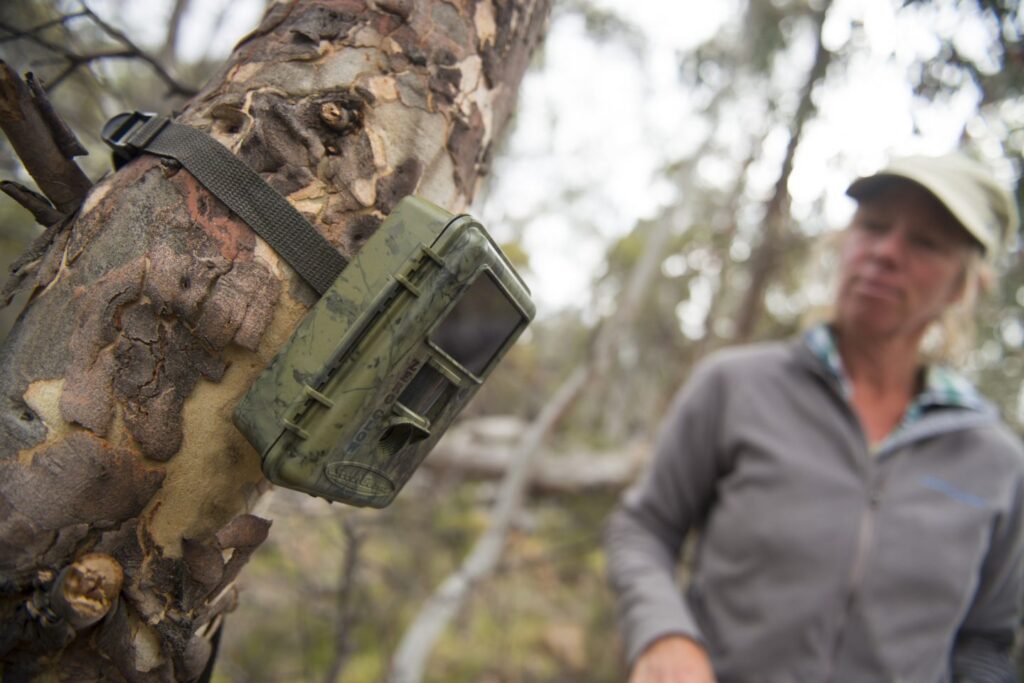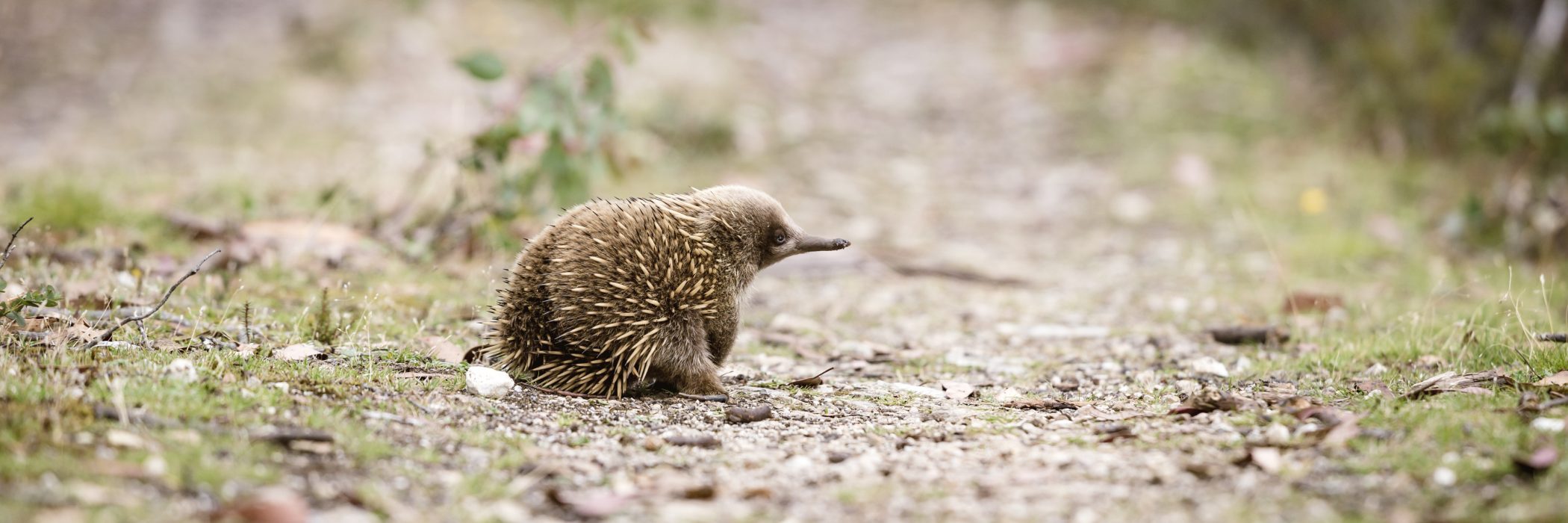Conserving Nature Through Citizen Science
Our ancestors have carefully examined nature and its intricacies for thousands of years. The desire to understand the environment around us is innate – the effects and infiltration of it into our lives undeniable.
While our survival once depended upon knowing nature, today’s tech-savvy world increasingly fulfills those functions for us, and can remove us from nature with adverse consequences. Cue citizen science: a movement that uses the same technologies that separate us from the natural world to help us understand and enjoy it. The Internet, smartphone applications, and other research technologies make ‘doing’ science more accessible than ever before and can allow the inner scientist in all of us to contribute to a broader understanding of a variety of topics, from backyard birds to seasonal symbiosis.
Citizen science has become a powerful force for scientific inquiry, providing researchers with access to a vast array of new data points while connecting non-scientists to the practical process of science. This is critical considering how many of Tasmania’s remarkable plants and wildlife rely on habitat that occurs only on private land for survival. Many species found within the state, including the eastern quoll and forty-spotted pardalote, are found nowhere else in the world – and monitoring their prevalence on private land is an essential part of ensuring their protection for generations to come.
While technologies may be taking certain human elements away from science, they also have the capacity to bring people together. Citizen-science projects have transformed the practice of science by democratizing access to scientific methods and encouraging scientific literacy.
The Tasmanian Land Conservancy (TLC) has embraced citizen science to answer large-scale scientific questions by trialling an eight-month community based wildlife monitoring program called WildTracker. The program ran in 2016-2017 and was managed by TLC conservation ecologist Matt Taylor, with the aim of eventually developing a system for monitoring wildlife on private land that could be rolled out state-wide.
“By providing valuable information about the areas where animals occur and how their populations are faring over time we can target conservation efforts to the places that need it most – but we need eyes and ears everywhere,” Matt says.
Accordingly, the trial involved 125 landholders from three regions in southern Tasmania representing contrasting ecological and socio-economic contexts: Bruny Island, the Derwent Valley and the Huon Valley. Landholders collected data from 175 sites over 10,000 hectares located in diverse habitat types, ranging from montane rainforest to farmland to coastal heathland.

Simon Roberts is a retired biologist from the Huon Valley who participated in the WildTracker program, and says the experience provided many unique opportunities.
“I have an evolving appreciation of the beauty and complexity of the ecological and geological features of the Huon Valley,” he says, explaining that the project complemented this appreciation by presenting new and curious findings about the surrounding landscape.
“What is astounding is the resilience of the ecology in the face of rapid change. The monitoring program results were enlightening as they indicated that many endangered and other animals were present in what would be considered highly fragmented landscapes,” he says.
Documenting information on private land is critical, especially if discrepancies exist between findings and how a species is being managed. For example, a finding of considerable concern from the WildTracker trial is the rarity of some species that are considered common, such as the southern brown bandicoot and common wombat, which are listed under the Threatened Species Protection Act as species of least concern. Suitable habitat for these species is widespread in the Huon Valley and yet Matt’s WildTracker research found them both to be seldom detected. In contrast, the eastern-barred bandicoot, which is a threatened species, was found at upwards of 20 sites.
“This finding warrants further investigation and highlights the importance of widespread, regular data collection in providing an early warning system that species are in decline,” Matt says.

Critical to the success of the WildTracker program were introductory workshops held in each region where landholders were trained in methods for establishing a monitoring site, setting a wildlife camera, photo-monitoring habitat, making an audio recording of birds and classifying wildlife images.
Interacting with like-minded people at workshops inspired Simon, who was particularly interested in the different results from the properties monitored, and the enjoyment people got from knowing which animals were present on their patch of land.
“Many of the people involved were appreciative of the opportunity to physically contribute to an ecological project and were often delighted to learn more about the animals present on their own and other properties,” he says.
For Simon, the ongoing interest people had in monitoring their properties highlighted the value of citizen science as a model for engaging landholders in wildlife conservation and spurred him to create a community group specifically aimed at monitoring wildlife in the Huon Valley.
“Matt’s project was a huge incentive to become heavily involved at the community level in a broad-scale project. The WildTraker program is well designed for engagement with the public, and the involvement of TLC gave kudos and a higher sense of achievement than would be the case if this type of monitoring was done only at the community level,” he says.

Aided by a grant from NRM South to purchase wildlife monitoring cameras, Simon has built upon the momentum of the WildTracker program by giving form to a community of people who are now actively contributing to scientific enquiry and essentially putting nature conservation into practice.
We often focus on the “science” part of citizen science, however the “citizen” is important as well. Citizen-science projects have a large potential for making positive impacts when it comes to attitudes toward science. It also can improve diversity in science, since a goal inherent to citizen science is that science is for everyone, regardless of personal, geographical, or socioeconomic background. What’s more is that it can also help bridge shortcomings in the public’s understanding of science – as there is often a gap between scientific consensus and public belief.
While technologies may be taking certain human elements away from science, they also have the capacity to bring people together. Citizen-science projects have transformed the practice of science by democratizing access to scientific methods and encouraging scientific literacy. The WildTracker trial highlights the value of involving the community in science – not just for generating a large amount of ecological monitoring data, but for fostering the enthusiasm and insight necessary for successful conservation of our native plants and wildlife for future generations.



